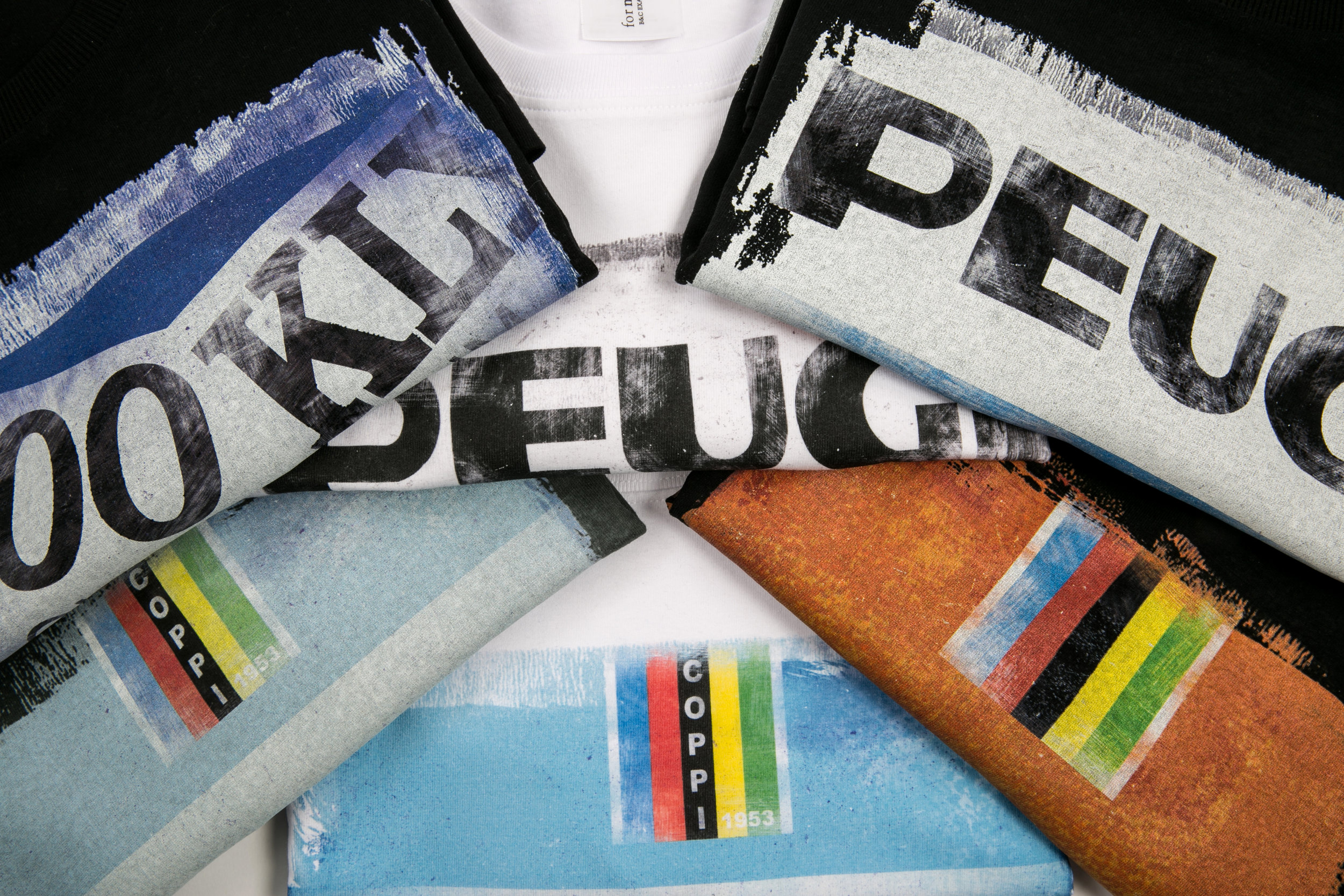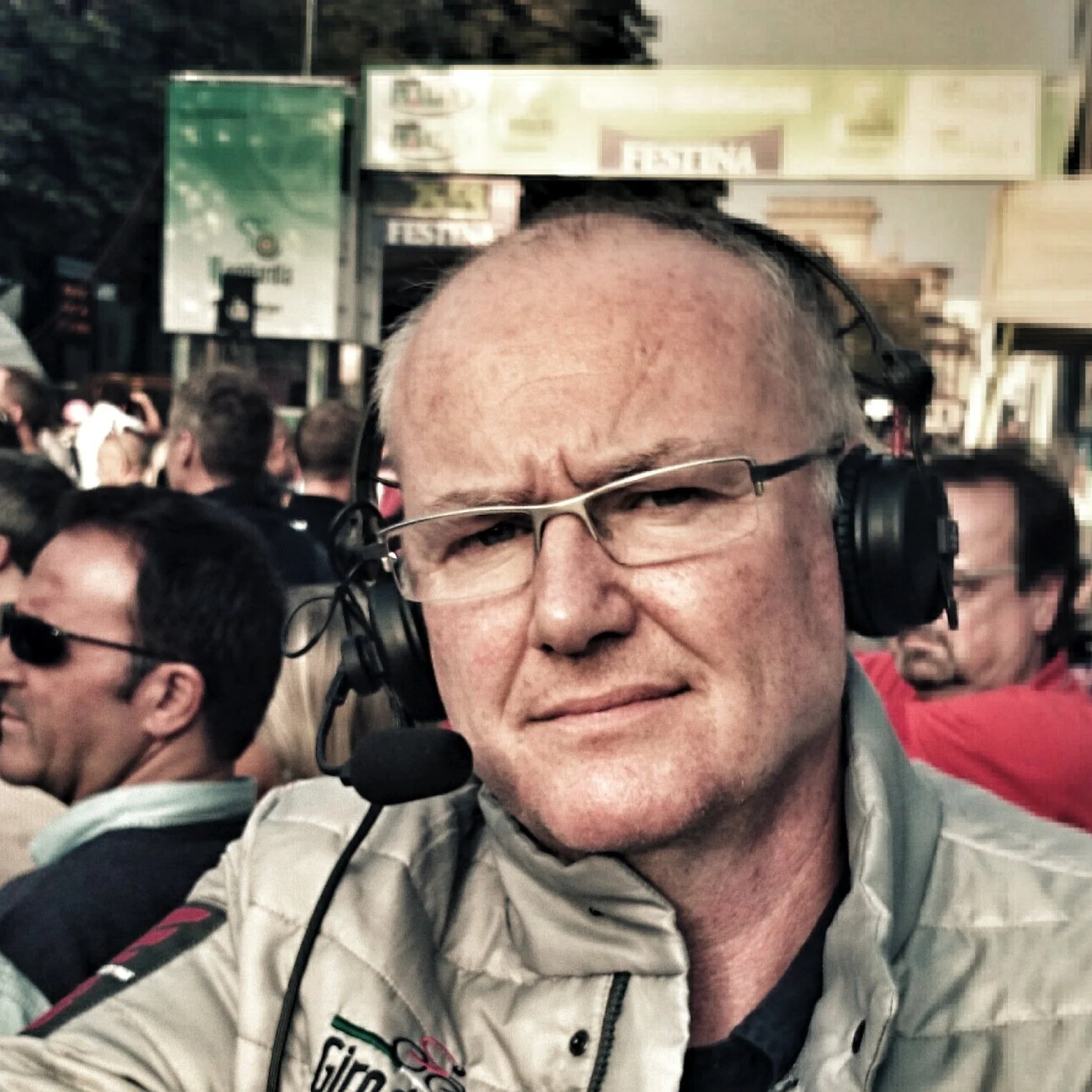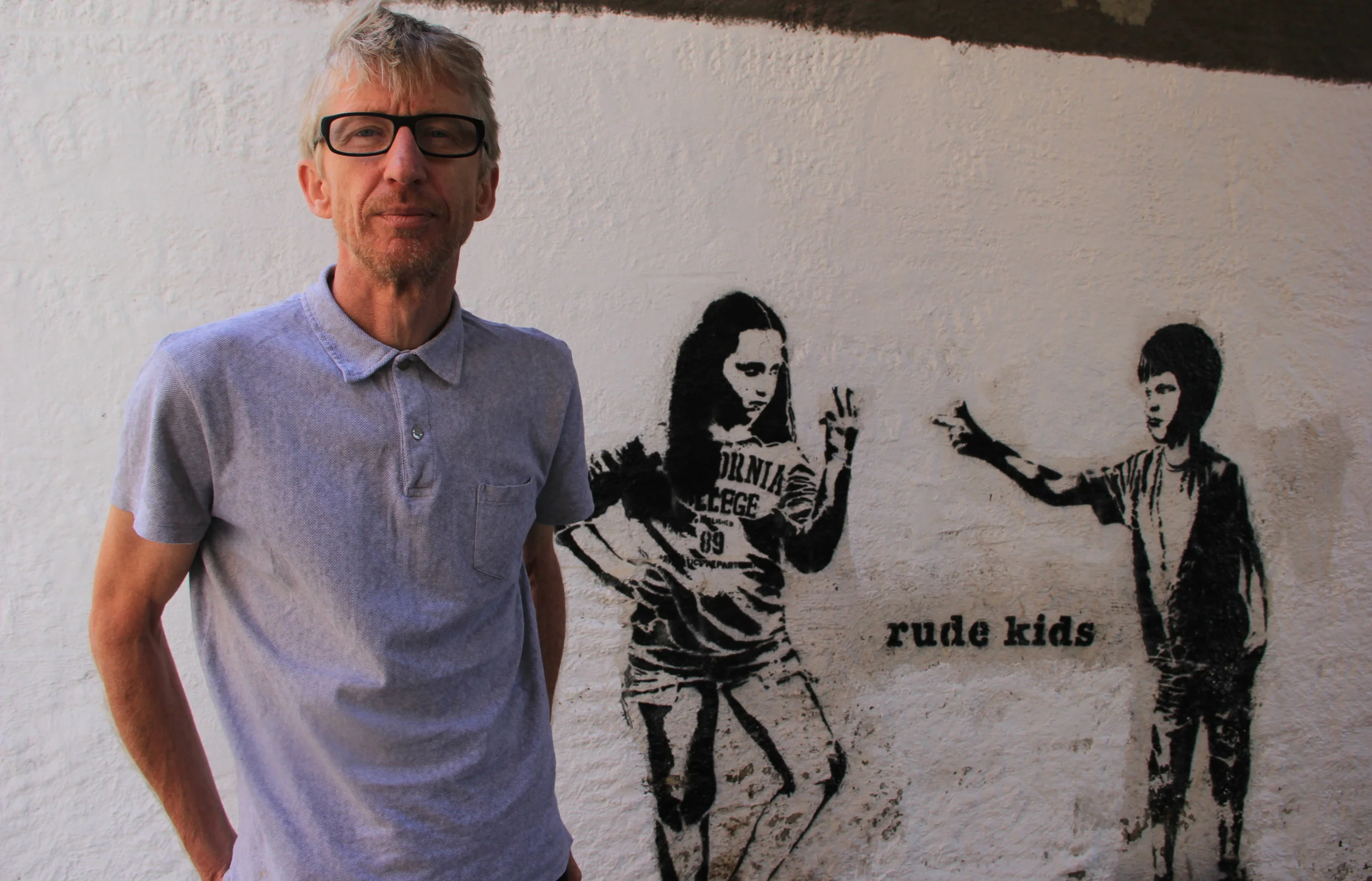On this day, 30th November 1937, Tom Simpson was born in Haswell, County Durham, the youngest of six children. The son of a coal miner he went on to become an Olympic medalist, World Champion and the first Briton to wear the fabled yellow jersey of the Tour de France. And of course he is still remembered to this day for his tragic early death on the Giant of Provence, Mont Ventoux. Exhausted, dehydrated and his condition exacerbated by amphetamine and alcohol consumption on the day, his body gave up.
‘Major Tom’ is revered as one of the greatest British cyclists of all time, the man who led the way for other Britons to make it as professionals on the continent. But, as William Fotheringham’s excellent 2002 biography of Simpson, Put Me Back On My Bike, revealed, he admitted to taking banned drugs and attempted to fix races with bribes and murky allegiances. How is it that a former doper and race fixer is held in such high esteem to this day?
Simpson took the cycling world by storm just four months after leaving England when, in his first race as a professional, the Tour de l’Ouest, he won the fourth and fifth stages, taking the lead. Although he came in fourteenth overall at the end it certainly made people sit up and take notice. He became known for a reckless, aggressive, attacking style, often exhausting himself in a break only to be reeled in in the final kilometres. As a result he became hugely popular, even being asked to ride a lap of honour for his brave ride at Paris Roubaix where he led the field for 40km only to be caught a mile from the finish. That same year he debuted at the Tour, riding himself into ground and losing over 13kg in weight in the process. But he was also a cunning racer who beat opponents in sprint finishes who were stronger than him by feigning fatigue, only to put in a devastating finish when they least expected it.
The early sixties saw Simpson rejuvenate British cycling with large numbers of British fans making their way to Paris to celebrate his achievements at the end of the ’62 Tour. And fans would throng to see him when he made appearances in the UK. Apparently 12,000 turned up at Crystal Palace in August of 1964 to see him in a circuit race. It was two years after he wore yellow in the Tour de France that Simpson reached the true height of his fame. In 1965 he became World Champion and won the BBC Sports Personality of the Year Award, the first cyclist to become publicly recognised and celebrated in Britain.
He had become one of the select top ten of the continental racing scene, along with the likes of Jacques Anquetil, Jean Stablinski and Gianni Motta to command lucrative appearance fees. Adept at playing the media game, he made the most of exploiting his English gentleman image by posing for photographs in a bowler hat and his popularity on the continent matched his heroic status back at home. Immensely popular within the peloton, he was adopted as one of their own in Ghent, Belgium where he made a home. A Belgian TV programe once described him as being, “English by birth, Belgian by heart.” Funny, witty, irreverent and at times cheeky, the public warmed to him.
Fotheringham tells in his book how Chris Brasher of the Observer went to interview him in Paris in the early sixties expecting to meet a rough hewn Durham miner’s son. What he found was the opposite: “a vision of continental sophistication,” who took him to a Michelin starred restaurant and drove an Aston Martin.
One of his GB teammates, Vin Denson, remembers how he “became twice the man” when he pulled on his Union Jack jersey and that he was prepared to ride himself “into unconsciousness” for his country. His determination and passionate racing had been noticed as a teenager when he would drive himself into exhaustion racing all weekend, riding to work and back during the week, and training in the evenings. He would take huge risks on descents and displayed an obsessive courage.
But Simpson was also ahead of his time in many ways, being fastidious with his diet, consuming copious amounts of fresh fruit and vegetables. He was one of the first to lead the way with a training camp in Mallorca and set up a support system for British riders wanting to make a go of it in Ghent’s vibrant racing scene.
Like many young men from humble beginnings who leave their home country in pursuit of success, Simpson was highly motivated and driven by the financial rewards that were available to him. Terrified of the prospect of returning home with his tail between his legs, he had fingers in numerous pies in Ghent where he tried to lay down solid financial foundations for a comfortable future. And when he started the ‘67 Tour he was determined to secure a podium finish to guarantee a lucrative contract with the Italian team he planned to join the following season. As an extra motivation, something to drive him on, he put down a deposit on brand new Mercedes in a Ghent showroom just before the start.
The Tour de France back then was 1,000 km longer than it is today and the racing calendar meant that riders like Simpson were competing on an excessive number of days each year, often having to drive overnight for many hours to get to the start of their next race. To be able to ride a 280km stage was only seen as being possible with the help of amphetamines. Colin Lewis who shared a room with Simpson on the fateful ‘67 Tour gives a picture of the doping scene of professional cycling on the continent at the time. Amphetamines were rife, but they were regarded as ‘medicine’ or ‘tonic’ to help the riders get through the gruelling schedule the riders had to endure.
Lewis confirms that Simpson was a regular and heavy user of amphetamines which he referred to as his “Mickey Finns.” Many years of taking the drug would make the body acquire a resistance, so that over time, he would have to use more to gain the same effect. In his obsessive desire to win he was heard to say, “If it takes ten to kill you, I’ll take nine.” There was little awareness of the risks they were taking. As Pierre Dumas, the tour doctor said of the riders, “If someone won a stage using a certain product, they all wanted it. They had no idea what they were doing.”
The system had no mercy for the principled underdog who refused to dope. As Simpson said himself in 1960 of the riders in the peloton, “I know from the way they ride…that they are taking dope. I don’t want to have to take it - I have too much respect for my body - but if I don’t win a big event soon, I shall have to start taking it.”
Clearly, by 1967, he had crossed that line and was a regular user. The tour that year was raced in national teams and Simpson’s Great Britain squad was weak: for most of them it was a matter of survival rather than helping their leader. If Simpson was going to be able achieve anything it was going to be an individual effort. He picked out three key points in the race where he was going to attack: the Alpine stage over the Galibier, Ventoux and the leg through the Massif Central to Puy-Dome.
His first target of the Galibier was a disaster as he’d been unable to keep his food down, had stomach cramps and diarrhoea. His mechanic said that he had to clean his bike at the end of the day which was “covered in shit.” He dropped a place from sixth to seventh. Fotheringham describes his predicament three days later:
“Simpson was at the foot of the Ventoux, a sick man with minimal team support, but driven on by his intensely competitive mind and his need to make money….About one and a half miles from the top he began to zig-zag, first almost going over the edge and down the scree to the left, then coming close to falling up the slope to his right…Simpson’s head twisted towards his right shoulder at an angle of 45 degrees, like a bird with a broken neck.”
He fell for the first time about a mile from the summit. His mechanic and team manager jumped from the car – he was leaning against the bank, still on the bike, but he insisted on continuing. He managed another 500 yards or so before he began wobbling again. For the second time they leapt out of the car to help, carrying him to the side of the road with the help of a couple of spectators while his hands gripped onto the handlebars like a vice. Despite attempts to resuscitate him, he was beyond saving. Tom Simpson was dead.
Fotheringham’s book, Put Me Back On My Bike, finishes with the words written by Tom Dickson of the Catford Cycling Club in south London from a letter written to Simpson’s wife just hours after his death. It’s a fitting epilogue for a truly great rider who remains a legend of the sport:
“Cycling is going to stand still for us all. Although fully grown I keep getting watery-eyed and would not try to conceal it. It’s partly sadness, disbelief and partly pride at having been here when Tom took the world and put Britain on it too. I respect and almost love him without ever having met him.”































































